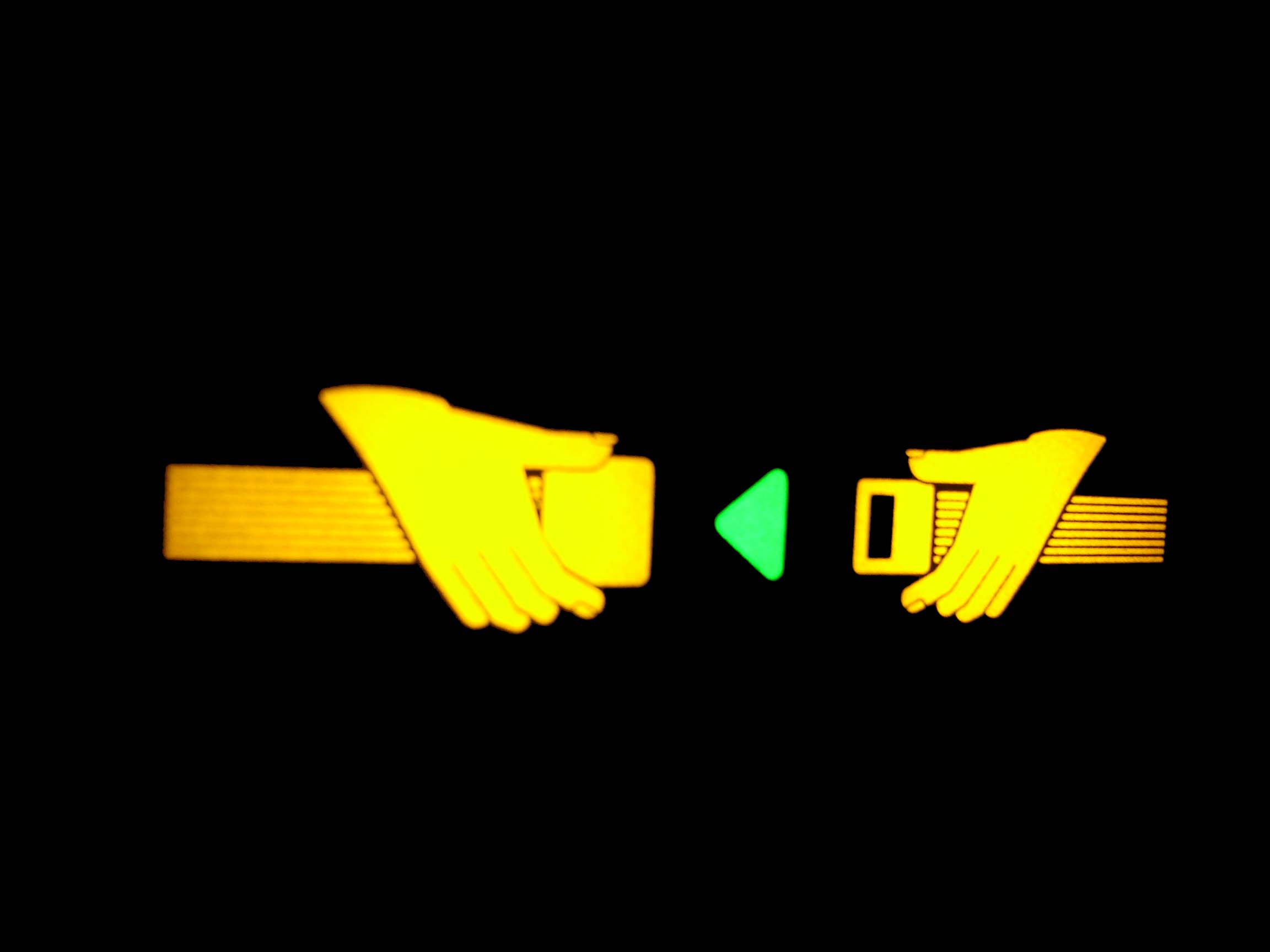[Written by Jack Jeffrey]
[Image Credit: flickr//Martin Abegglen]
If you take a look at the World Health Organization’s road safety statistics for Gaza and the West Bank, you will see two blank boxes. The first is ‘% of road traffic accidents related to alcohol consumption’; for obvious reasons, the absence of data here is not surprising. The second empty box is ‘% of passengers who wore a seat belt’, which is strange for numerous reasons. Firstly, wearing a seat belt is obliged by the law in both Gaza and the West Bank, with an apparent police enforcement rate of 7 out of 10. Consequently, one would think that they would at least have a rough estimation of how many passengers were breaking the law. Secondly, unlike the discovery of a drunk-driving epidemic, a high number of strapless passengers would not come as a major shock to the rest of the world, nor would it undermine the piety of a predominantly Muslim society.
From a distance, this statistical gap is difficult to fathom. What adds to the complexity is that we have no idea which body was responsible for collecting the data on behalf of the WHO – the Israeli government, the Israeli army, Fatah, the Palestinian police force? Moreover, due to the more pressing political issues ongoing in the region, it is entirely possible that whoever procured the data simply didn’t have the time to produce this particular statistic. For civil servants on either side of the line, it’s hard to imagine that road safety statistics are of primary concern.
Upon entering one of the many yellow service buses in the West Bank you will learn—probably to no surprise—that almost no one chooses to wear a seatbelt; but—if you are making a longer journey—you may notice an exceptional circumstance: as you approach a military checkpoint, the person sitting next to you will give you a nudge, saying: ‘Put your seatbelt on’. After passing through, you will then hear a quick series of clicks as everyone’s belt whips back into the roof of the vehicle. After a couple of minutes have passed, other passengers will ask you kindly to remove your seat belt.
When compared to the political conundrums of two state solutions, Israeli settlements, and the legitimacy of Hamas, this event rates as entirely insignificant. However, it demonstrates—better than any march or boycott—the blurred boundaries between culture and resistance. What’s striking about this act is that it defies logical sense and avoids confrontation; in essence, you are increasing the likelihood of your own fatality without the Israeli authorities knowing about it. Furthermore, bus drivers (who are usually the first to remove their seat belt) face a hefty fine if any of their passengers are caught not wearing their seatbelts. Given that it is both politically ineffective and potentially costly for the driver involved, why are Palestinian civilians so insistent on removing their seat belts whenever they can?
Part of the answer lies in its inclusivity. It is an act which all members of Palestinian society are capable of performing; men, women and children alike—all you need is money for the bus. Additionally, Palestinians may see public transport as a liminal space where they can defy Israeli law without the fear of retaliation; except of course, at the checkpoints. Yet its reflexive nature implies that it is as much a habit or custom as it is a form of protest. It would be naive to think that those who travel by bus on a daily basis think about the political conditions of what they are doing every time they pass through a checkpoint and remove their seat belts once again. For them, it is an unconscious act, one which has transcended its political purpose and become a cultural practice of the Palestinian people.
[Image Description: A lit-up yellow sign of two hands holding the tail and clasp of a seatbelt with a green arrow between them indicating they should be fastened.]

